TOP FIVE WOULD-BE CARS OF THE YEAR
17 January 2023
As the Jeep Avenger was recently declared Car of the Year 2023, what better opportunity to consider five highly significant models that still never achieved that COTY accolade -
1965 – Winner: Austin 1800. Second Place: Autobianchi Primula.
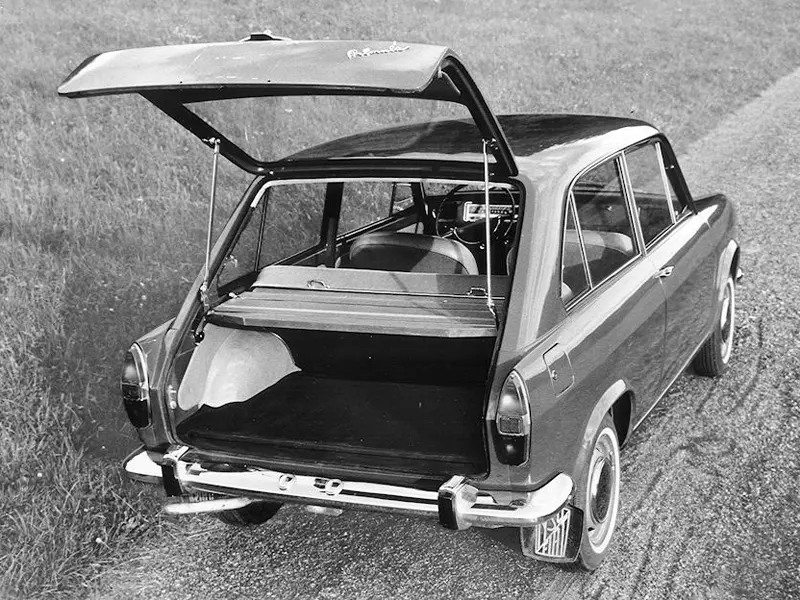
The Austin 1800 ‘Landcrab’ was indeed a seminal car for BMC and allegedly the favourite design of Alec Issigonis. But when the Primula debuted at the 1964 Turin Motor Show, it set the template for Fiat’s future generation of front-wheel-drive and transverse engine models. Their director of engineering Dante Giacosa had considered building an FWD car as early as 1947, and he later reflected:
The release of Alec Issigonis’ Morris Mini in 1959 had been a reason for discouragement for us. I knew that the Morris car had been under testing for some time, but I did not imagine it being so small and so surprisingly well-conceived.
Shortly after the Mini’s launch, Giacosa embarked on ‘Project 109’, a car destined for a limited run that used Fiat’s subsidiary brand Autobianchi. The result was the Primula, with the three and five-door versions having fair claim to being the parent of the modern hatchback. Sales ended in 1970 after around 75,000 units, the Primula’s success promoting Turin to launch the 128 in 1969…
1967 – Winner: Fiat 124. Third Place: Jensen FF.
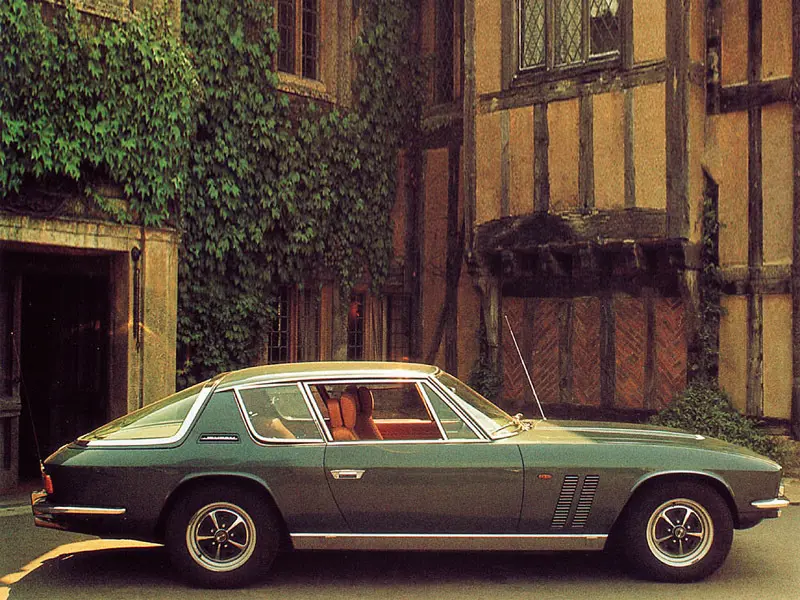
In other words, a tough decision. On the one hand, the 124 would become the world’s third-best-selling car platform. But the FF was the world’s first 4WD non-off-road vehicle due to the ‘Ferguson Formula’, which used a spin-limiting differential. The flagship Jensen also featured an anti-lock braking system; Dunlop originally developed their Maxaret system for aeronautical use. The result was, to quote the great motoring writer Bill Boddy, “ one of the world’s most sophisticated approaches to safe control of a fast, powerful car”. Admittedly, at £6,017 10s 10d, the FF cost as much as ten Mini Mk.IIs – but then one of the world’s finest grand tourers was surely above mere £sd?
1969 – Winner: Peugeot 504. Not Listed in The Top Three - Jaguar XJ6.
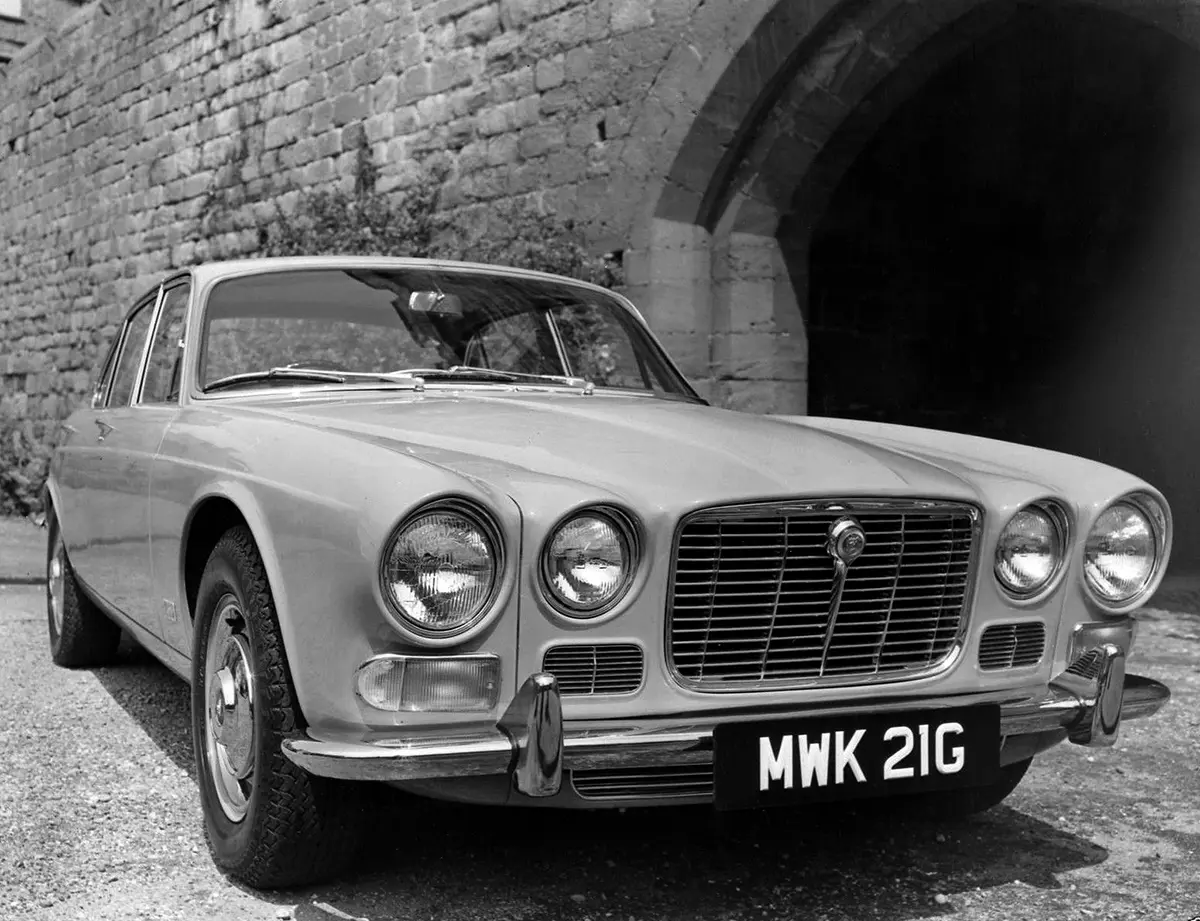
When Motor tested the XJ6 4.2 in 1969, they thought: “As it stands at the moment, dynamically, it has no equal regardless of price, which explains those 12-months delivery quotes from dealers and black-market prices £1,000 over list”. Autocar believed, “If Jaguar were to double the price of the XJ6 and bill it as the best car in the world, we would be right behind them”. As for Car, they stated, “it is probably the best this nation can offer, and certainly among the best this nation has known in 75 years”. Meanwhile, L J K Setright regarded the Jaguar as not “merely remarkable for what it is, but also because it renders superfluous all cars which cost more”. Yet, the XJ6 did not even achieve the ‘Top Three’ for COTY 1969…
1976 – Winner: Simca 1307/1308. Third Place: Renault 30TS.
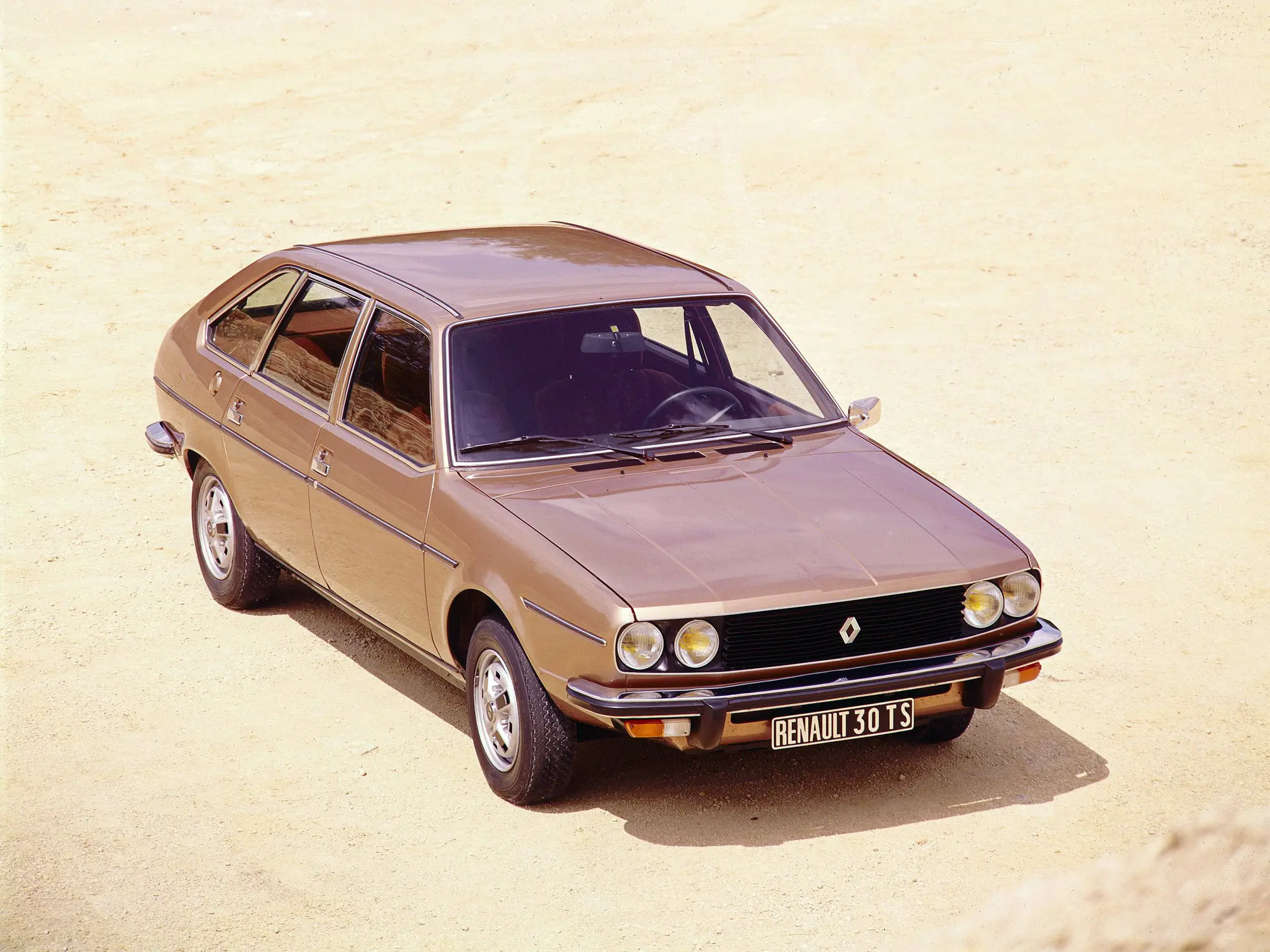
The Simca 1307/1308, aka the Chrysler Alpine in the UK, was a crucial new model for its manufacturer’s European factories. But when the 30TS made its bow in March 1975, it was the first large Renault since the demise of the Frégate in 1960 and the company’s first six-cylinder post-war model. Equally importantly, it was the first prestigious hatchback in its class, with advertisements promising “a big car that made sense”. Motor Sport thought the 30TS was “an honest vehicle that provides superb touring comfort” – while the central locking and the electric front windo
ws would create a sensation in East Cheam. Besides, this writer has long been a fan of the Renault 30TS, when younger he regarded it as epitome of chic.
1981 – Winner: Ford Escort Mk. III. Second Place: Fiat Panda.
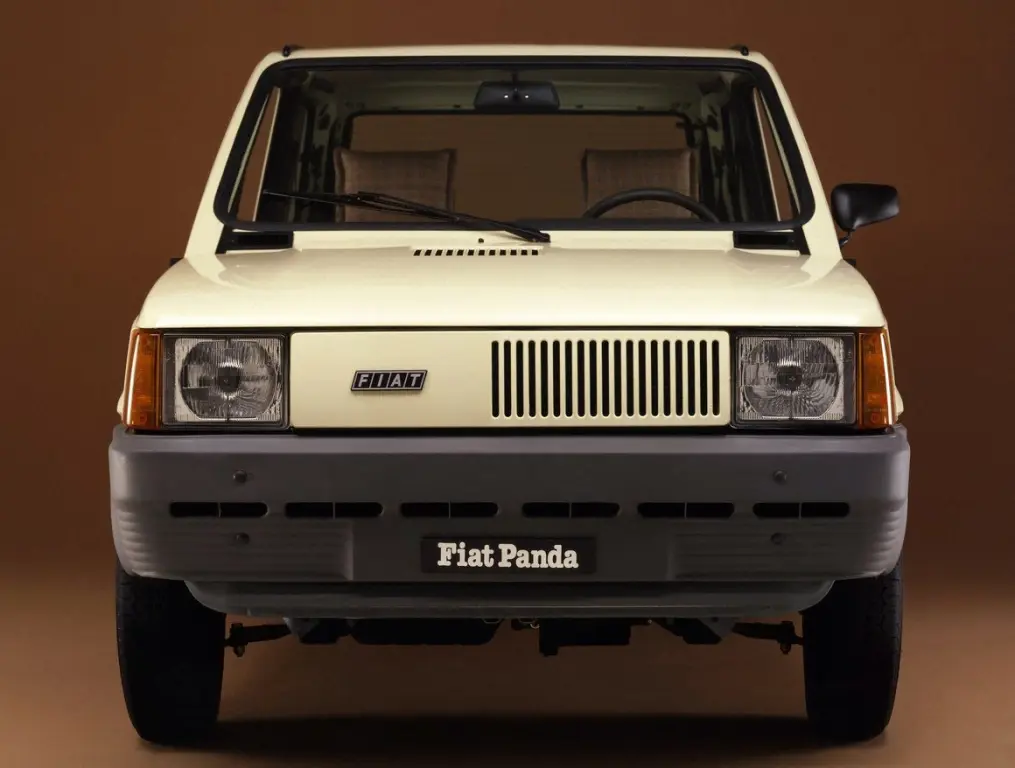
The Escort adopting hatchback bodywork and FWD was major news, but Fiat enthusiasts could justifiably claim the Panda was a seminal new design. Giorgetto Giugiaro created the boxy yet attractive styling, and dealers could extol the delights of a rear bench that could be arranged to form a hammock and the front ashtray that could be slid across the fascia. The Panda was also one of the few cars simultaneously available with transverse and north-south engine layouts. When British sales commenced in 1981, the Panda rapidly gained a devoted following amongst motorists who believed that low-budget motoring did not mean sacrificing style.
